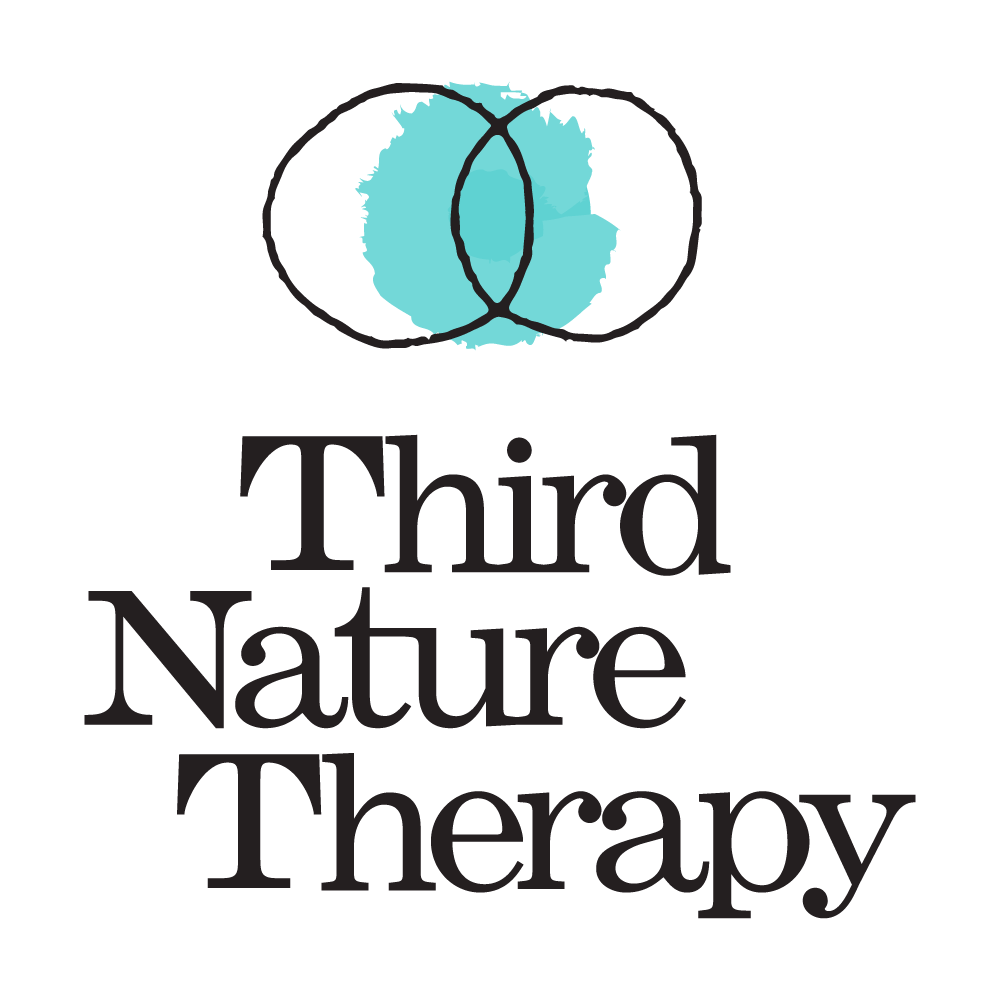You’ve Decided to Try EMDR…What Are Your Next Steps?
Eye Movement Desensitization and Reprocessing (EMDR) therapy is a widely recognized method for treating various mental health issues, particularly trauma-related conditions like post-traumatic stress disorder (PTSD). If you’ve made the decision to explore EMDR therapy as an avenue for healing, understanding what to expect and how to prepare is crucial for making the most of your sessions.
Preparing for EMDR Therapy
Before diving into EMDR therapy sessions, it’s important to prepare yourself mentally and emotionally. First, look for a licensed therapist who is trained and experienced in EMDR therapy. It’s important to find a therapist who you feel comfortable with and who has expertise in this type of therapy. We recommend checking the therapist database of EMDRIA (traditional EMDR therapy) or Maiberger Institute (EMDR therapy with a somatic therapy focus) to find a therapist near you.
Your therapist will conduct an initial assessment to determine if EMDR therapy is right for you. This assessment may involve discussing your symptoms, trauma history, and treatment goals. Before starting therapy with an EMDR therapist, it might be a good idea to educate yourself about the principles and techniques of EMDR therapy. Understanding how the process works can help alleviate any apprehension or uncertainty you may have.
EMDR therapy can bring up intense emotions and memories. Be prepared to experience a range of feelings during sessions, and discuss coping strategies with your therapist to manage distress.
What to Expect During EMDR Sessions
EMDR therapy typically consists of several phases, each designed to facilitate the processing and resolution of traumatic memories. Here’s what you can expect during EMDR sessions:
1. Assessment and Treatment Planning
Your therapist will begin by conducting a thorough assessment and collaboratively developing a treatment plan tailored to your specific needs and goals.
2. Preparation
Before delving into the reprocessing phase, your therapist will discuss coping skills and techniques to help you relax which enhances your ability to tolerate difficult emotions.
3. Assessment
This is where you will discuss the memory you are trying to target.
4. Desensitization
During this phase, you will focus on specific traumatic memories while simultaneously engaging in bilateral stimulation, such as following the therapist’s hand movements or listening to alternating tones. This process facilitates the desensitization of distressing memories and allows for the integration of new, adaptive information.
5. Installation
As the intensity of traumatic memories decreases, your therapist will guide you in strengthening positive thoughts and self-perceptions associated with the targeted memories. This helps promote healing and resilience.
6. Body Scan
After processing the targeted memories, you may engage in the mindful practice of tuning into the sensations and feelings in your body to identify any residual tension or discomfort. This step aims to ensure that all aspects of the trauma are addressed and processed thoroughly.
7. Closure
To conclude each session, your therapist will facilitate closure by helping you return to equilibrium and providing techniques for self-regulation and self-care between sessions.
8. Reevaluation
This is where you will discuss your level of distress and determine if additional sessions are needed.
Benefits of EMDR Therapy
EMDR therapy offers numerous benefits for individuals struggling with trauma-related issues. It has been shown to effectively reduce symptoms of PTSD and other trauma-related conditions by targeting the underlying traumatic memories and facilitating their processing and integration.
Many individuals experience significant improvements in symptoms after just a few sessions of EMDR therapy, making it a relatively brief and efficient treatment approach compared to traditional talk therapy. Research suggests that the benefits of EMDR therapy are often long-term, with many individuals experiencing sustained improvements in symptoms even after completing treatment.
EMDR therapy empowers individuals to actively participate in their healing process by providing them with tools and techniques to manage distressing emotions and memories.
If you’ve decided to try EMDR therapy, reach out today to schedule a free consult call with one of our EMDR therapists. By working with a qualified therapist and remaining open to the process, you will see an improvement in your emotional health.

